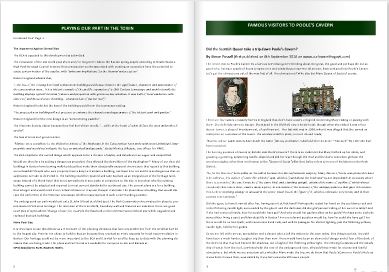
News and Events
We love to hear about your experience and see your photographs through the seasons. Don't forget to follow us on Facebook and share our pages. We know we've done a great job when you've had a fantastic day out!
Members February Talk
Restoring the Crescent - a life time of challenges
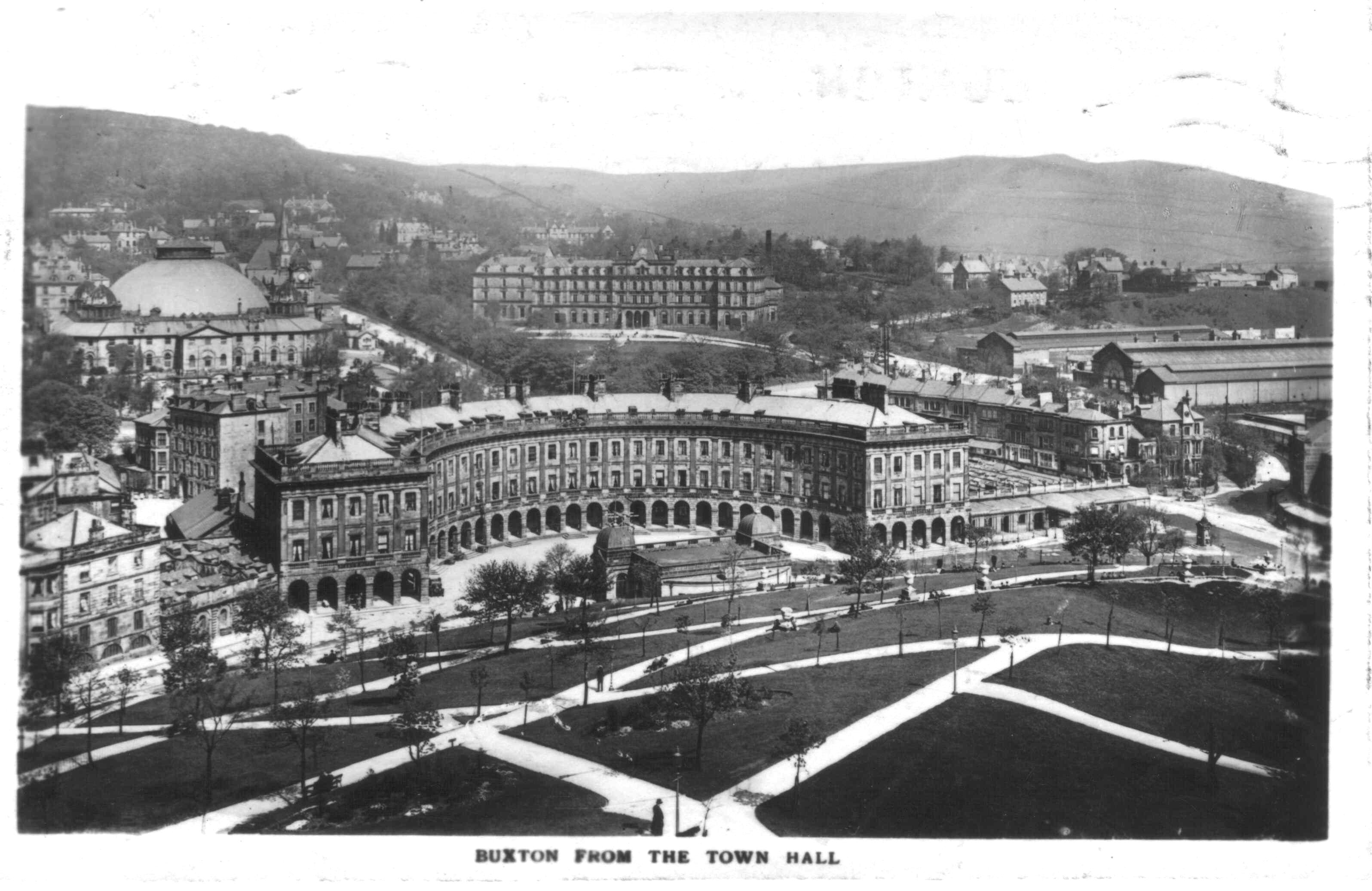
The New Kings Cross Station, the Stade de France or building and running national motorways on the continent, is one thing, but the crescent restoration project provides a life time of engineering and building challenges for Cary Hadfield, Senior Project Manager and his team from Vinci Construction.
Vinci construction is well placed to carry out the complex and challenging work that the crescent poses. As well Motorways, Hotel complexes and other major civic engineering projects, they were the main contractors in the scheme to put a roof over the shell of the Chernobyl complex. This required positioning the cover remotely and working in difficult and dangerous conditions.
Speaking to a packed Poole’s Cavern visitors centre, Cary gave BCA members a fascinating and at times a humorous insight into the progress that has been made so far and his personal journey on the crescent project.
As Cary demonstrated working on the crescent is a bit of a leap into the unknown. The enabling works carried out in 2012 were a major civil engineering project, that required the building of a concrete basement complex, positioned over the springs that provide Nestle with Buxton Spring water. It was scheduled to take 26 weeks but in the end as problems were encountered and solved it was 52 weeks before the works were complete and the Main Contract works could be tendered.
The crescent was built over 200 years ago, at a cost of £38,601, taking eight years to complete, and it has seen numerous attempts to shore up the original work over the years. It is often these previous renovations that pose greater problems than the original building works. Rotten timber structures, incomplete fireplaces all add to the difficulties of working in a Grade 1 listed building and having to adhere to strict conservation guidelines. It all contributes to the project budget of £35 million.
Interestingly conservationists are generally more interested in ensuring that the building and decorating techniques of the past are preserved where ever possible to enable future generations to understand how the building was constructed, rather than individual items that are discovered.
The sensitive nature of the building and the complex of rooms and passages often mean that modern techniques and equipment cannot be used. It is back to the old ways, with no choice but for the team to physically dig out cellars and barrow the waste away. This is physically demanding work, often undertaken in difficult conditions, including the steamy heat when working close to the springs. If the original architect, John Carr was to wander in, he would recognise many of the techniques that were being used.
So far 500 tradesmen and construction workers have been involved in the works and Cary expects that it will be closer to 3,000 by the end of the contract. He paid tribute to the team, who as well as working in often difficult conditions, including many local tradesmen, have shown great resourcefulness and skill in overcoming the challenges thrown up so far.
There were many questions from the floor. Often demonstrating an intimate knowledge of the building, these were answered fully and with attention to detail, often with humour.
The nature of the building mean that there have been unforeseen problems that inevitably cause delays, but almost a year since the restoration work began, Cary and his team believe that they have uncovered the major unseen’s.
He has offered to comeback in the summer of 2018 to give a final report on Vinci’s part in this historic project.
Buxton Museum – Exciting Times ahead
These are exciting times for Buxton and the Museum and Joe Perry and Gordon Maclellan from Creeping Toad, enticed and intrigued members and friends of Buxton Civic Association with a fascinating talk on how Buxton’s past is to be showcased, explained and demonstrated to future visitors.
As well as a major refurbishment of the interior of the building, sweeping away the narrow corridors and little hideaways to reveal an open space that will tell the story of Buxton, of its geology, environment and people, the visitor will be able to step outside and with the use of new technology, explore the town’s past on foot and even add their own memories and places of interest for others to enjoy using the museum’s new Pocket Wonders website and interactive tool.
Mike Monaghan, BCA Chair, praised the work that the museum and its funders were undertaking to provide a 21st century experience for visitors to the town. He noted that it was encouraging and refreshing that the museum was seeking the views of their customers as part of the process of redesigning the layout and exhibits. It will be a wonderful addition to Buxton.
And there was even more good news. The bear will be staying, housed next to the lift to greet or growl at visitors.
We have a full programme of talks for 2017 opening on Thursday 19th January with Charlie Roberts from Nestle who will talk about the Bottling Plant at Waterswallows. Members and non-members are welcome. All talks start at 7.30pm unless stated otherwise and are held at the Poole’s Cavern Visitor Centre, Green Lane, Buxton.
Christmas Present Ideas

If you are struggling to find that perfect present for the person that has almost everything, why not consider giving them a year's membership to Buxton Civic Association. As well as supporting a well established charity, that owns and manages 160 acres of beautiful woodland in and around Buxton, membership entitles the recipient to free car parking at Poole's Cavern Visitor Centre car park, free guided tours of Poole's Cavern and 10% discount off purchases of food and drink at the Cafe in the visitor centre. Full details can be found by clicking on the link below.
Civic Day 2017
Its Time to start planning for Civic Day 2017
Every June Civic Voice organise a National Civic Day.
Civic Day is a chance to celebrate and showcase the diversity and range of activities taking place across the civic movement and unites us with a simple idea – that we can all do something, however big or small, to make our towns, villages and cities great places to live in.
Last Year we held a members evening and showcased the work that we had been doing on the Places and Spaces Project. In 2014 we held a small pop up exhibition by Turners Memorial to celebrate the work that BCA has done and is doing.
If you are interested in getting involved or have some ideas about how we can celebrate Civic Day 2017, our 50th Anniversary year, drop us a line at communications@buxtoncivicassociation.org.uk


AUTUMN NEWSLETTER NOW ON ISSUU
Information for BCA Members
Meeting to discuss Film to celebrate BCA 50th Anniversary

Dear BCA Member,
As part of the 50th Anniversary celebrations we are proposing to commission a short film to both celebrate the achievements and successes of BCA over the past 50 years and to set out a vision for the future.
We are holding a meeting on Thursday 6.00pm on the 29th September in the School Room at Poole's Cavern Visitor Centre open to all members to gather ideas and suggestions and to give members who would like to be involved the opportunity to do so.
If you are interested in attending or if you would like to be involved but cannot make the 29th September can you please email me at communications@buxtoncivicassociation.org.uk and make the subject header BCA FILM.
Best Regards
Simon Fussell
Places and Spaces
Litter Picking Lovers Leap
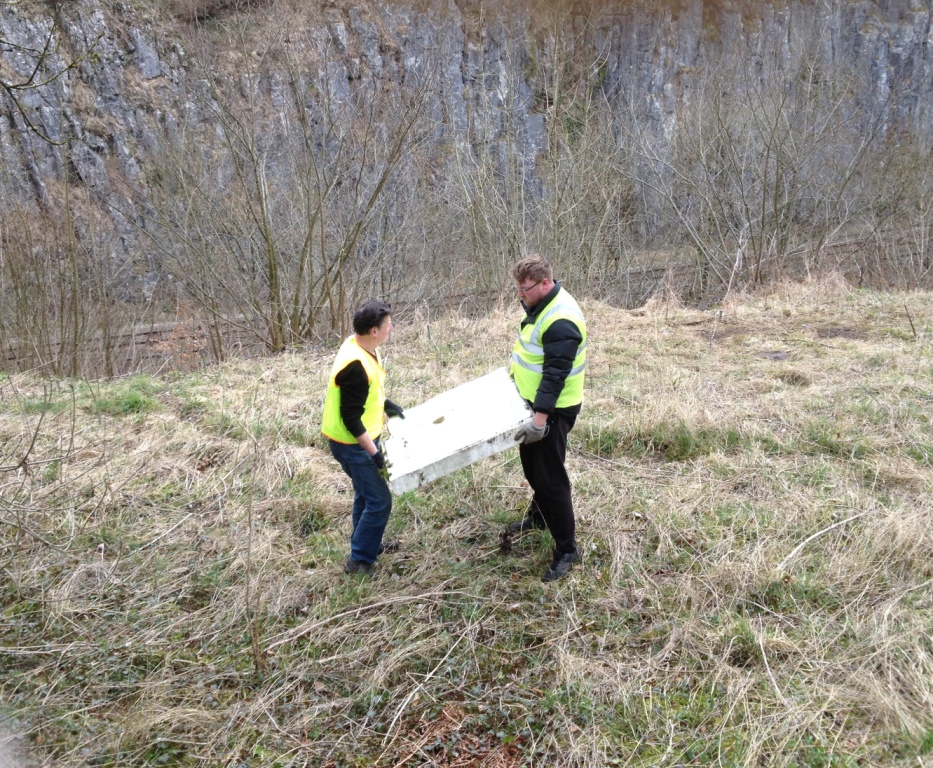
Man handling the shower base
The name Lovers Leap conjures up romantic and perhaps tragic associations. Once a popular spot with Victorian couples, it is less visited now and it is true that the years have rolled by without anyone paying much attention to the condition of this secluded beauty spot located just outside Buxton.
Even so, members of Buxton Civic Association where stunned by the tide of rubbish they encountered when they surveyed the site earlier this year. Both the gorge itself and the slopes above the western cliff-face were strewn not only with bottles and cans but also bits of car bodywork, dumped kitchen appliances and building materials.
On 1 April, a small team of BCA members began the clean-up of the partially terraced slopes above the western cliffs. BCA Business Development Manager, Simon Fussell asked team leader, Roger Floyd, on site, what the team had found there. He replied that, clearly, for a long while, pedestrians on Dukes Drive and people in passing vehicles had been throwing bottles, cans, fast-food containers and other litter over the boundary wall onto the site. But that was far from the whole story.
“Parking here is awkward and access to the site if you are carrying large or heavy items is difficult”, he continued. “Buxton has an easy-to-reach, convenient-to-use, recycling centre where anyone can dispose of reasonable amounts of any kind of waste. And yet, inexplicably, some people seem to have actually chosen to dump items on this beauty spot rather than at the recycling centre. “For example”, he added, pointing to a curious rectangular object near our feet, “this 60 kg concrete shower base”.
Earlier in the day, two of the team had found three abandoned tents on the site. One was full of old clothes. The other two were fully equipped with cooking gear and bedding. Everything was in an advanced state of decay but clearly, at some time in the not to distant past, more than one person had been living there and for an extended period.
Our team were certain that was an ‘extended period’ because amongst the other detritus were 16 two-litre bottles all filled with a yellow fluid. Alas, hopes that it was a collection of rare vintage French wines were soon dashed when one of the bottles was opened. One of our campers had been collecting his own urine. Why? We shall never know. But he certainly didn’t amass his stockpile overnight.
In the end the bottles were left in the tent where they were found. The tents were then bundled up and left on Dukes Drive with the 25 sacks of litter, the shower base and other debris that the team had gathered from the site. To its great credit, the Borough’s Street Care and Cleaning Service sent a truck immediately to pick it all up, even though it was now late on Friday afternoon.
We expect that another three clean-ups will be necessary to clear the whole site.
Anyone for a glass of Chardonnay?
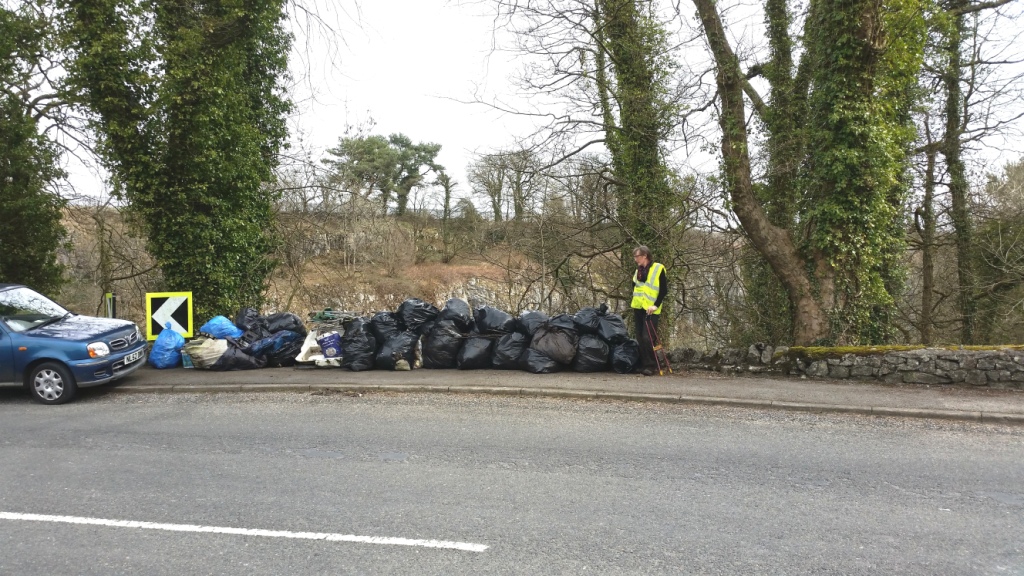
The fruits of a mornings litter picking at Lover's Leap
Members February Talk
The Buxton Coalfields
Walking on the moors above Buxton, there is little evidence to the casual observer of the industry that for centuries toiled, struggled and sweated to win coal from the rocks beneath the surface. But if one stops and looks at the landscape, some of the traces left by coal mining can just be glimpsed. It was the story, human, geological, historical, of this forgotten industry that was told by Alan Roberts and Lyn Noble to a packed Buxton Civic Association, for their February members talk.
A depression in the ground once formed the base for a ‘gin’, a winding engine that was turned round and round by a horse and its young human charge, braving the elements up on these unforgiving moors day after day. The boy for 6d a day, and the horse presumably for just enough hay and oats as was needed to keep it in some sort of health to do its job.
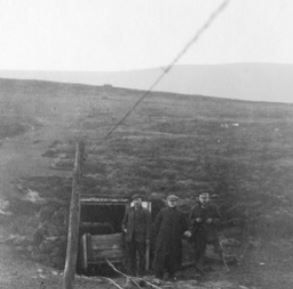
Cisterns Clough incline
Another depression marks one of the many shafts that litter the landscape, now filled in, but that once were part of an extensive and complex mining operation. Beneath the moors canals were dug to enable boats to bring the coal out of the mines, and everywhere water was a problem, constantly needing to be pumped out to make the passages safe for the miners.
Once on the surface, the preferred method to transport the coal to its destination was by pack horse. One can see the evidence, the deeply grooved "Holloways", green now, but in the depths of winter these would be filled with mud, making progress slow and difficult.
Much of the coal, which was of a poor quality, was taken to help fuel the kilns of Grin low. The poor quality led to the large ash and slag tips that now litter the hillside, but hidden by the trees planted in the 1790's.
Alan Roberts, author of ‘The Coal Mines of Buxton’ put the industry into its historic and personal context. The boy who led the horse round and round winding the buckets up and down on the moor top was Anthony Ashmore, as identified in records from the day. (We don't know the name of the horse) for his 6d a day. By comparison, visitors to the Card Room in the Crescent paid 5 shillings entry fee to look around and admire the architectural splendours of the building, funded in part by the rent from the coal licences.
Lyn Noble then explained how a self-guided heritage trail walk had been conceived. It was first tested in the heavy rain and wind of an August afternoon, an experience shared by thirty members and friends of the Civic Association.
The walk has been designed to take the walker on an historical journey of the Buxton Coalfields, working back in time to the earliest recorded mining in the 16th Century up to the 19th Century with its winding wheels, levels and fire houses.
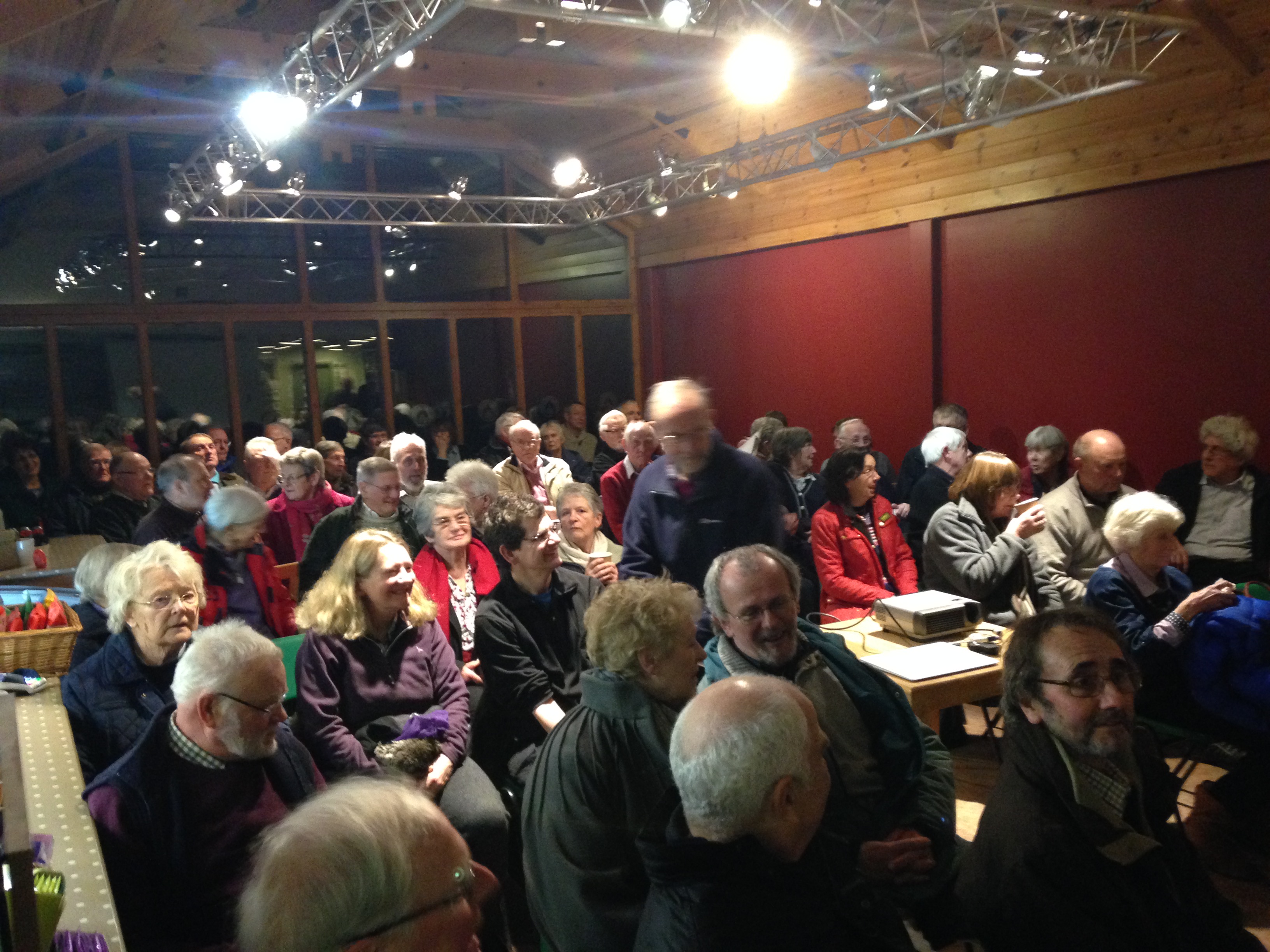
Poole's Cavern Visitor Centre filling up before the talk
The effects of the mining can still be felt today as Lyn explained why after particularly heavy rainfall, the river in the Serpentine gardens turns red. The water flows out of the Old Duke's level and is the result of the Red Iron Oxide that accumulated in the level.
The talk was rounded off with a sing along to an old miner's song “Dark as a Dungeon" with Lyn providing the lead vocals and musical accompaniment.
The heritage trail walk of the Buxton Coalfields will be available shortly as a guide from the Poole's Cavern shop.
The next talk is on 17th March at 7.30pm at Poole’s Cavern Visitor Centre. The Talk is entitled “Butterflies of Grin Woods” to be given by Steve Orridge.
Winter Talk – Bialowieza Forest
The last Primeval Forest In Europe
Imagine walking along a woodland trail deep in the heart of an ancient wood. Birds sing from almost every branch, filling the air with their song. The trees tower forty metres or more above your head and around you, on the ground, the dead and the dying trunks are alive with fungi and insects.
Imagine as the trail turns a corner in this ancient woodland, you briefly glimpse a dark shape, a shadow, as some creature of the forests breaks cover ahead of you. Was it a wolf, a bison or a wild boar? Your heart rate accelerates and for a moment you are back with your ancestors as the flight or fight instinct tries to take over.
Or is it your imagination playing tricks on you, surrounded as you are by the forest, its legends and stories stretching back 10,000 years. The shape disappears and the bird song, temporarily drowned out by the rush of fear you felt, returns and you continue, more cautiously now, on your way.
This is Bialowieza, the forest that straddles the Polish, Belarus border, and is the largest remaining area of European lowland wild wood that once stretched from Siberia to Ireland.
To a packed visitor centre at Poole's Cavern, Buxton Civic Association members and friends listened enthralled as Peter Phillipson, aided by Susan Cross brought the forest to life, with a clever combination of words, pictures and sound recordings, to show the beauty, tranquility, and astounding variety of life in this world heritage site.
Key to the forest's richness of biodiversity is the deadwood and the animals that thrive there. As much as 50% of the trees are dead, either fallen or in some cases still standing. But the "decay is the future", as the forest recycles the nutrients from the dead wood, aided by a wealth of fungi and invertebrates for the next generation of trees.
Wild boar root amongst the leaf litter turning the top two inches over, to provide a habitat for plants and insects, bison create small clearings and the beavers dam the rivers and so reengineer the landscape and create new places for flora and fauna to thrive..
The deer population is kept in check by the Lynx and the Wolf packs so the young saplings are not over grazed. So the cycle continues and has done for thousands of years.
There are challenges to overcome, and tensions between the foresters and ecologists. But the central section of the forest is effectively closed off and nature left unhindered to do what it does best. Access is limited to the fortunate few and then only for a few hours.
Bialowieza is a shining example of how to do conservation. It is a reminder of the landscapes that we have lost but also an example of what can be achieved if the will and understanding is there.
